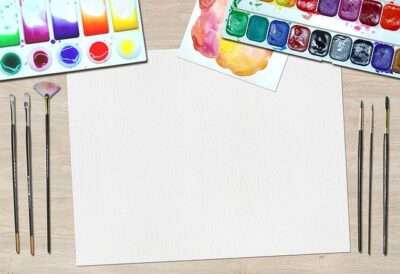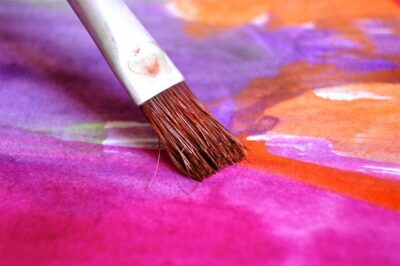How To Find Your Art Style: If one were to ask you to list the favorite artists, there’s a high likelihood that you will list them based on their quirks. They have become famous owing to these small quirks, decisions, or anecdotes from their struggle. And, that is why you remember them. It is because of these unique traits that artists can stand out for other people to take notice.
Today, it is imperative to find your ‘thing’ that can differentiate you from the crowd in the milieu of artistic talent. How to understand and find out what your style is? Does it force you to change yourself? How to create something to dub as your unique style?
How to find your art style depends entirely on your perception and ambition. Many follow the same school of thought. On the other hand, others want to create their styles. More often than not, it is the latter who are more successful and inspire a generation to follow their footsteps. They become the trendsetters.
On that note, here are five necessary steps that can accompany you on your journey to find your art style.
1. Find What Interests You
This may seem like random advice, but there are several artists out there who could use this in reality. Go back to your roots. Go back to your elementary conceptions, your basics, and work your way up again. There is nothing that helps an artist find his voice like reworking things differently.
Everyone at some point or the other tends to re-evaluate and rethink their strategy. While reviewing all your fundamentals, analyze what you did and how it played out for you. Going back to basics is a futile process you do not carefully evaluate.

You must be in a position to know which choices were right and which could have been done differently. If life is all about second chances, this is yours to figure out what works for you and what doesn’t and pursue it.
2. Check Out If Your Style Is Viable
Even though you have reworked around the basics and come up with different and unique ways, nothing is done and dusted if you fail to view everything from a practical perspective. Viability or feasibility analysis tells you if your idea is worth the effort or not.
Merely developing your “own thing” does not mean long term work. Can you build your idea into a “work” to pursue? If not, then where is it lacking? You must take your analysis and pit it against the idea.
Rework and tweak those more delicate nuances. Make sure that every rough edge has been rounded off. Only then can you take your interest and develop it into something meaningful. As an artist, you need to be imaginative, but it is also important to be firmly rooted in reality.
3. Criticism and Feedback
Most artists fail to capitalize on their unique talents because of the inability to receive a harsh critique. The liberal arts are beautiful because they accommodate subjective and objective perceptions of all.
A critique is the perception of the masses at large. Does your work communicate with them? Are they able to understand your work? If not, then find out where you should improve. This latter question is best answered through feedback and criticism. Those artists who learn to receive feedback and criticism know that they can quickly evolve and hone their skills.
4. Work Hard
Through sheer perseverance and determined practice only, can you take an idea and develop it into something of your own. To master a craft requires immense patience, dedication, and above all – practice. Regardless of the form of art you want to pursue, your creative instincts are always sharpened through rigorous practice and dedicated labor.
It helps you to focus on improving your ability and to make an impact with your work. Constant training has no substitute and is the only way you can continuously challenge your art to achieve the all elusive perfection.
5. Interact, Learn and Develop
Many recluses have been lost in the worn-out history pages, for they could not keep with the changing pace of evolution. Yes, you have to interact with your artistic community and learn what new trends are there. Keeping track of changing times helps you to better your craft and develop your skills.
It also helps you avoid obsolescence. When you interact with members from the same community or fraternity, you learn more about their works, their styles, what interests and inspires them. It also helps you gain new creative ideas to pursue and regularly change yourself by challenging yourself with a new challenge every day.
The Bottom Line
In end, you must realize that there is no sure-shot formula for success in the creative arts. However, what you can acquire is the penchant for challenging your abilities and developing yourself. The most straightforward mantra for an artist is to – Aspire, Create, and Inspire.
Also read: Fashion marketing: Seven tips to grow your fashion brand




